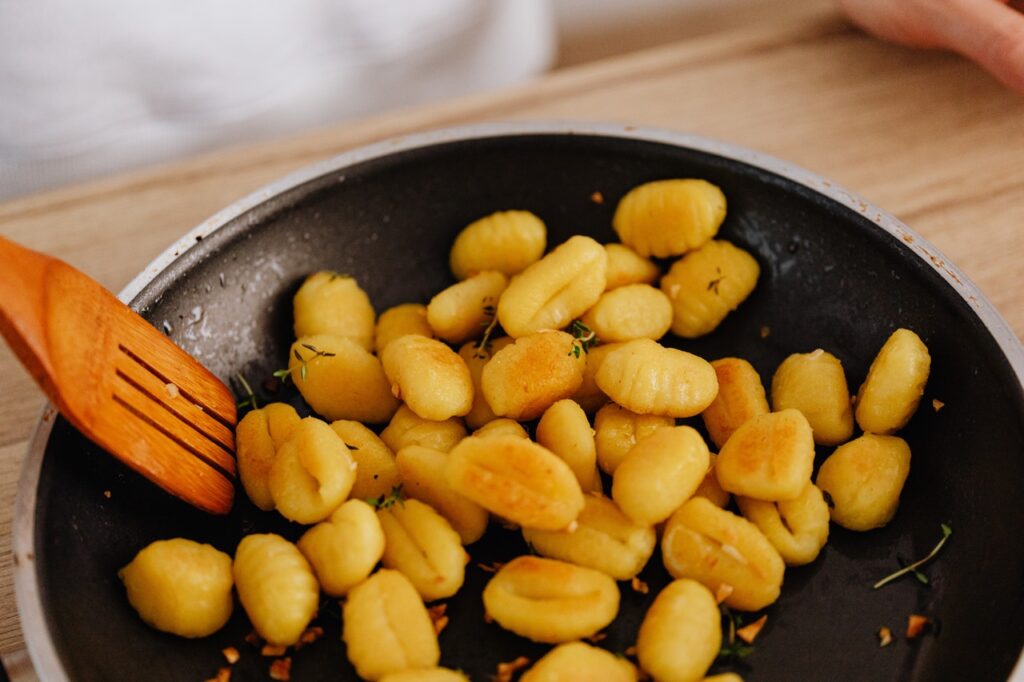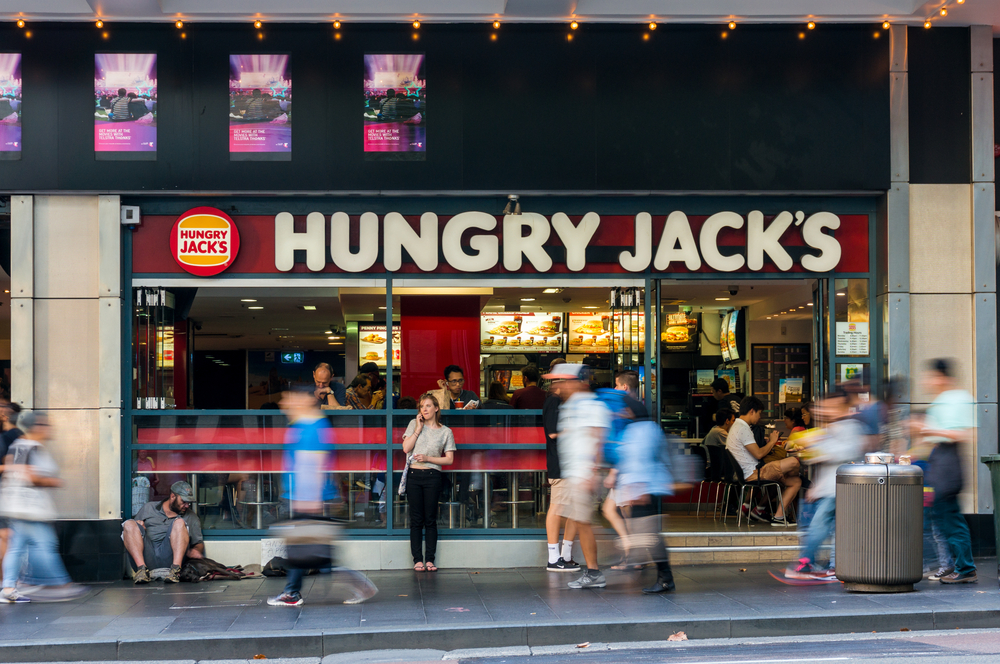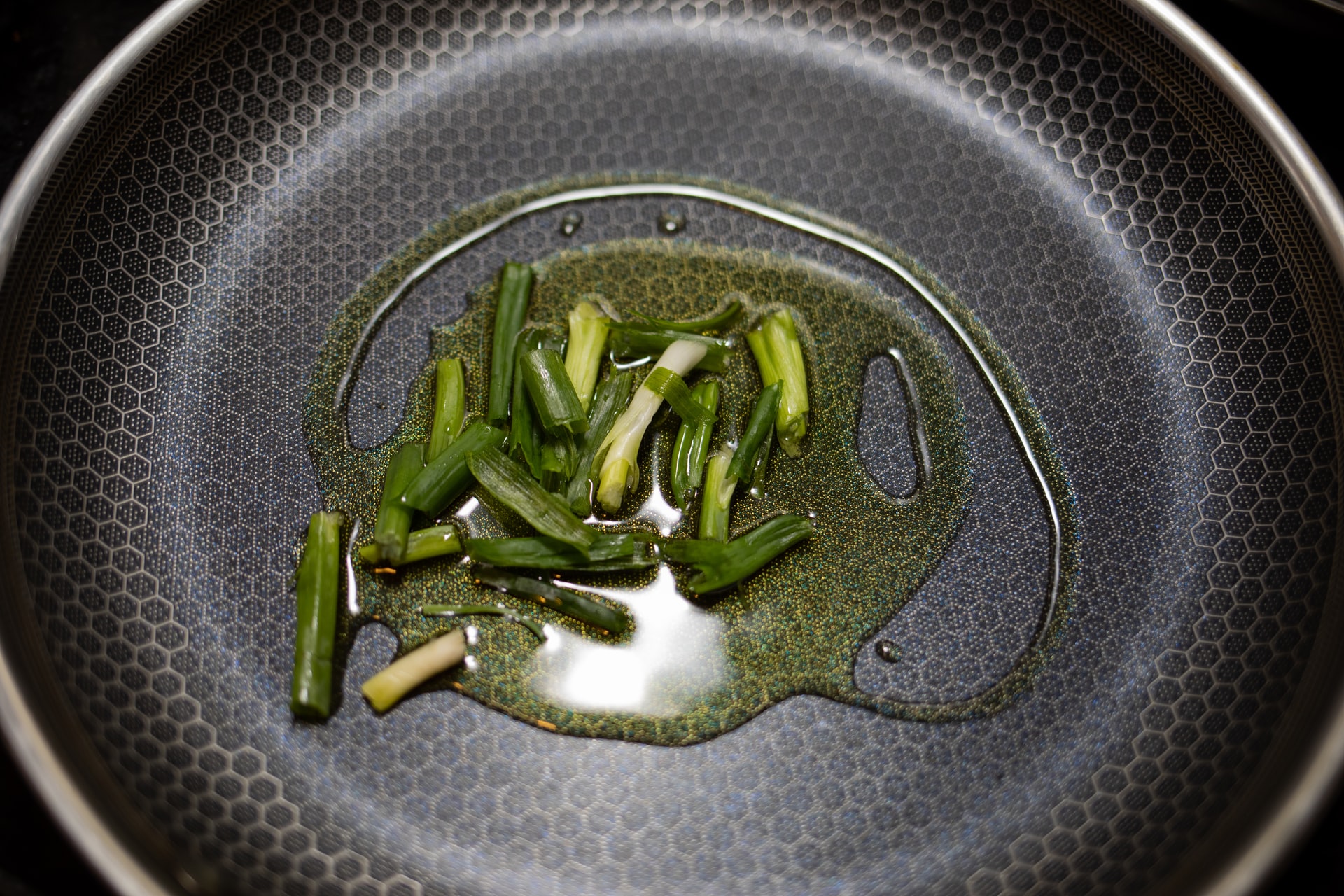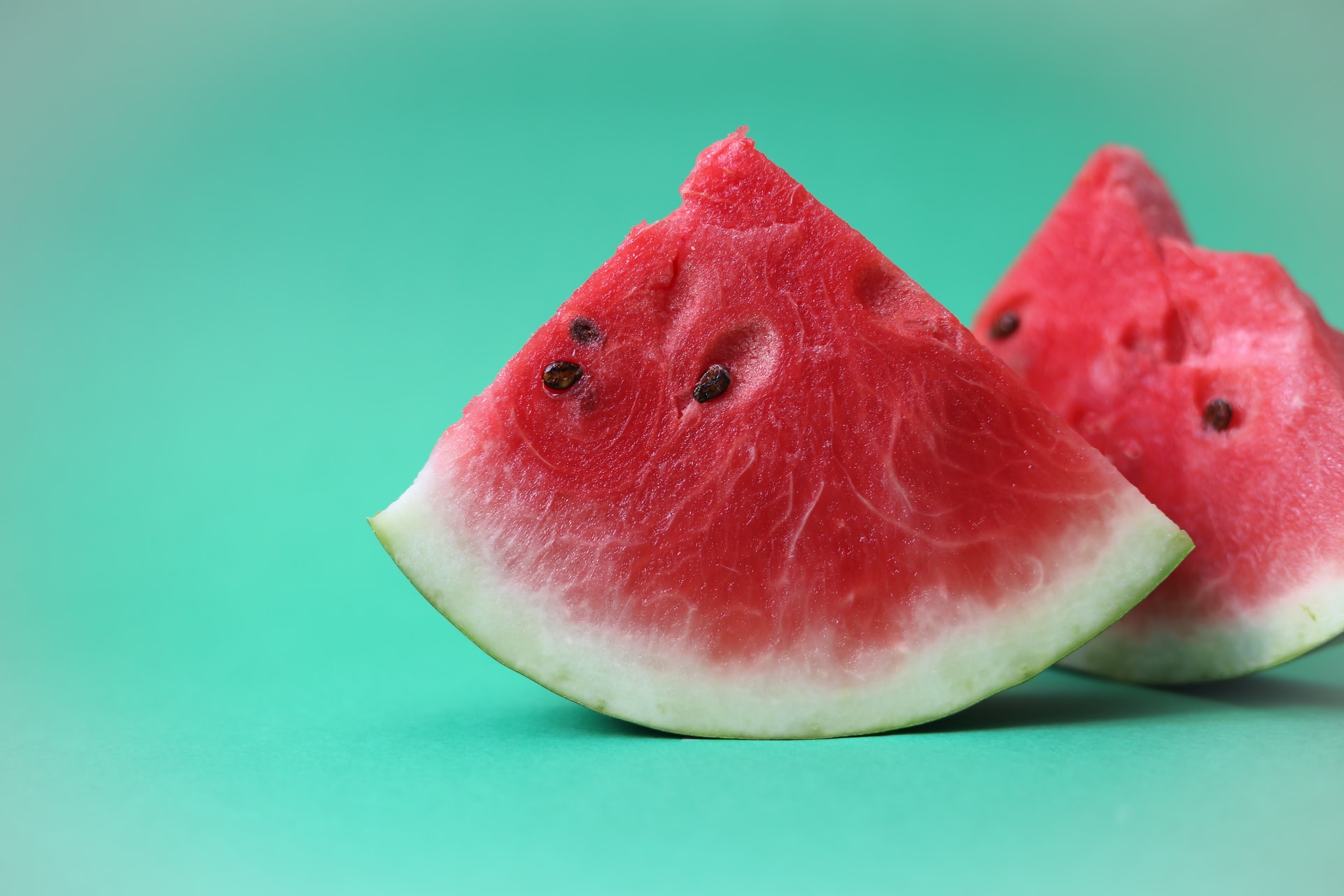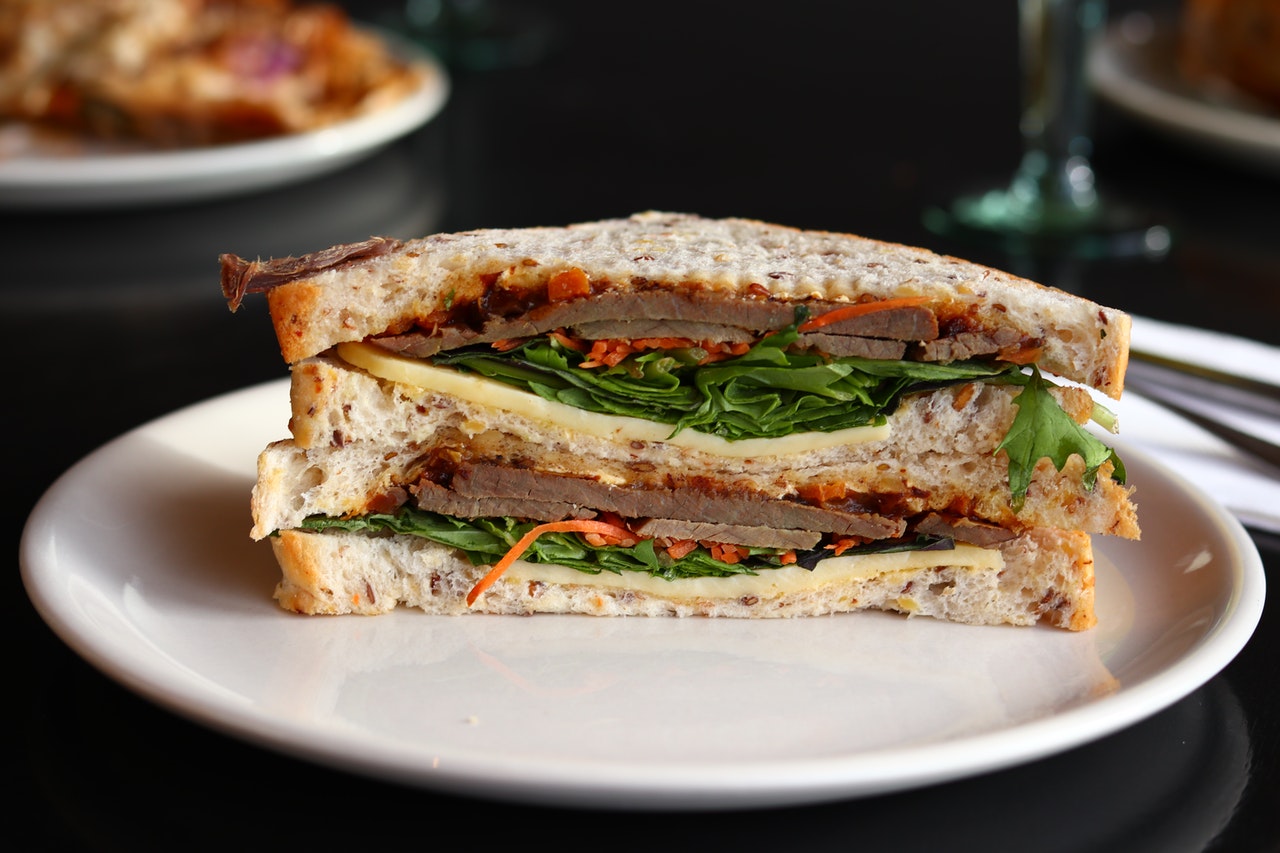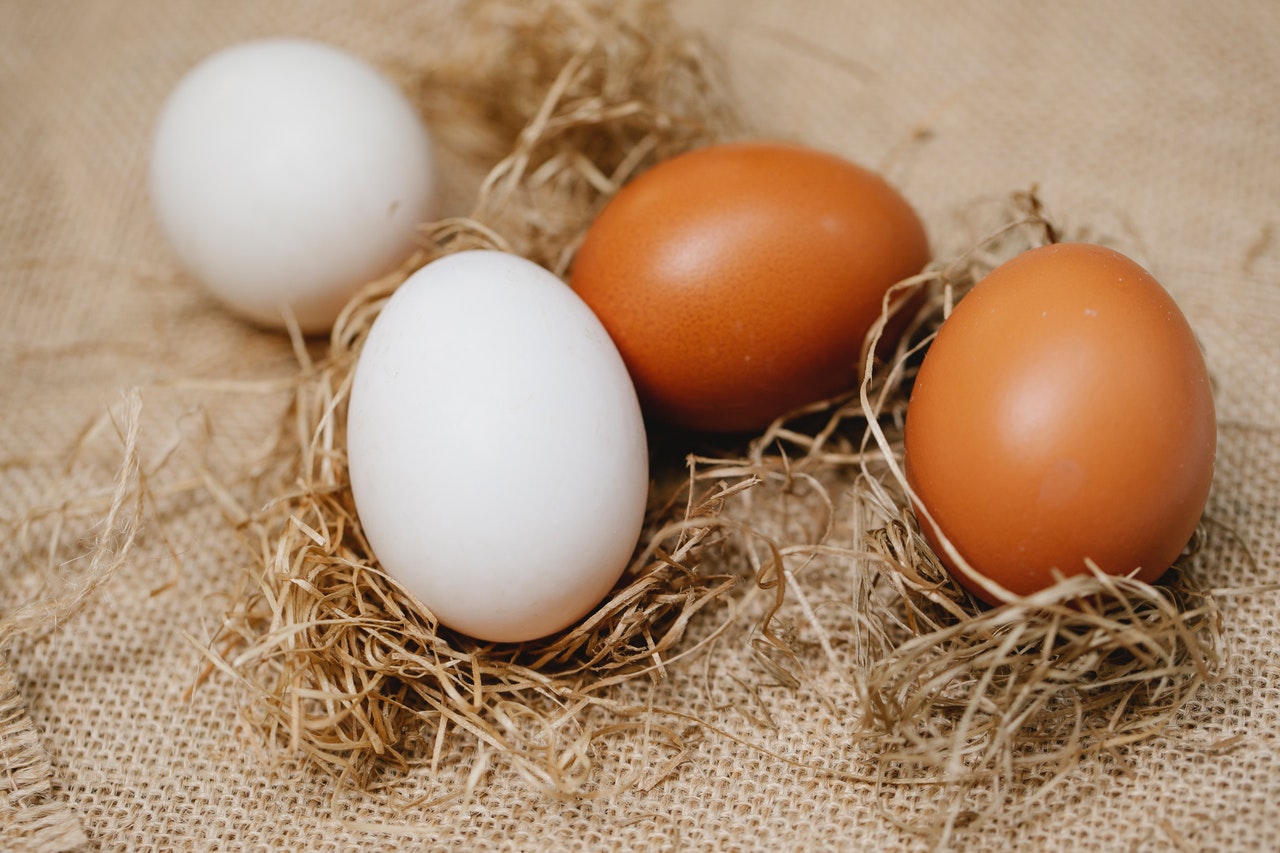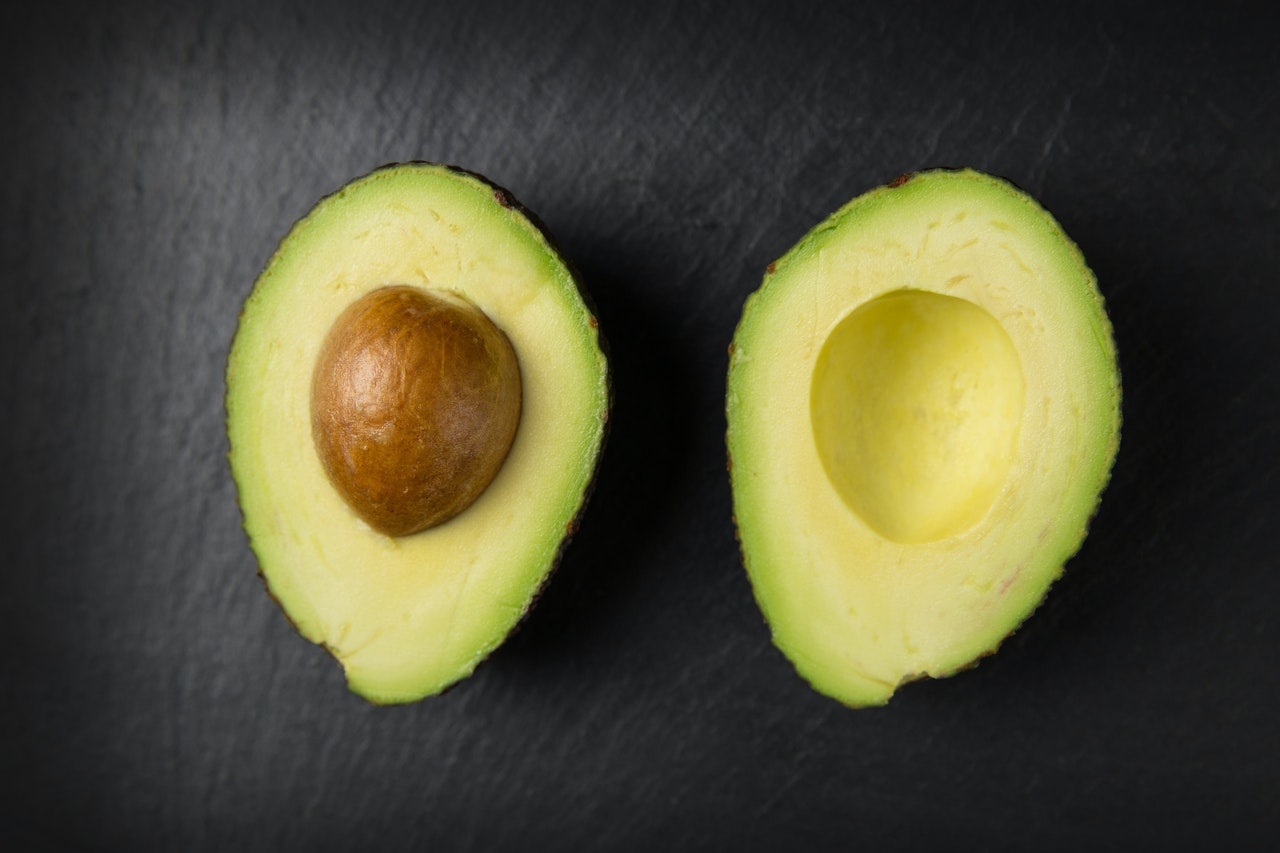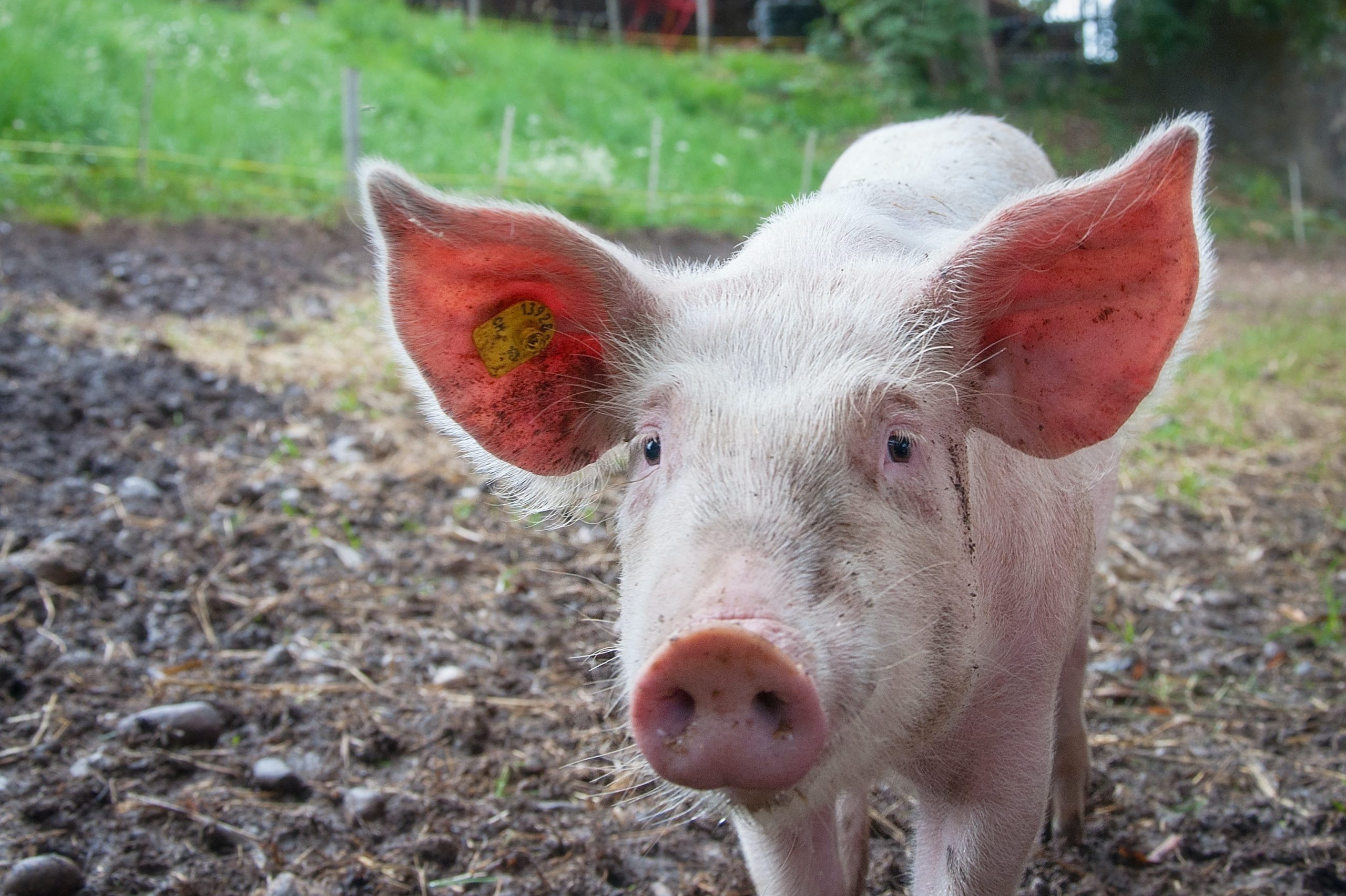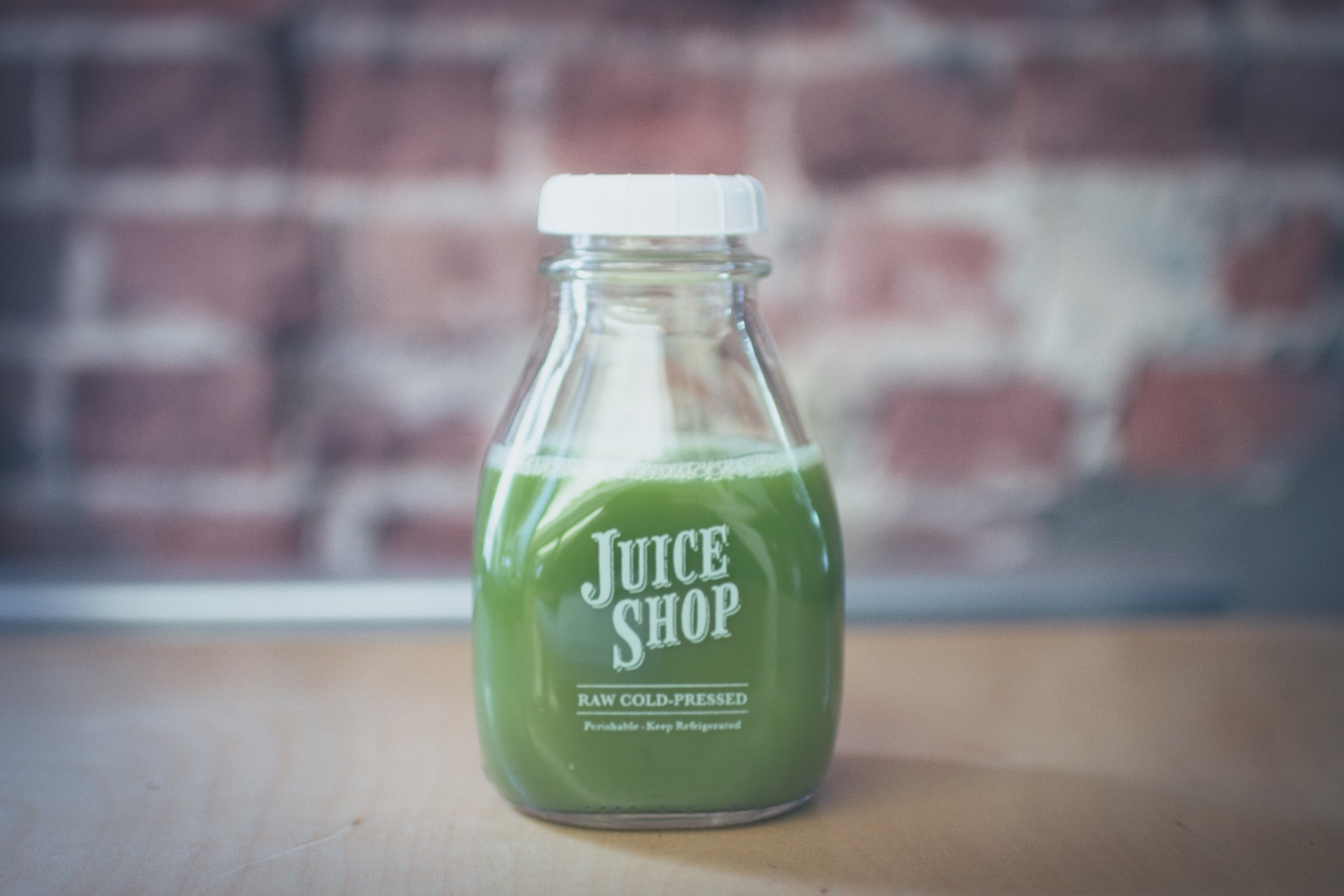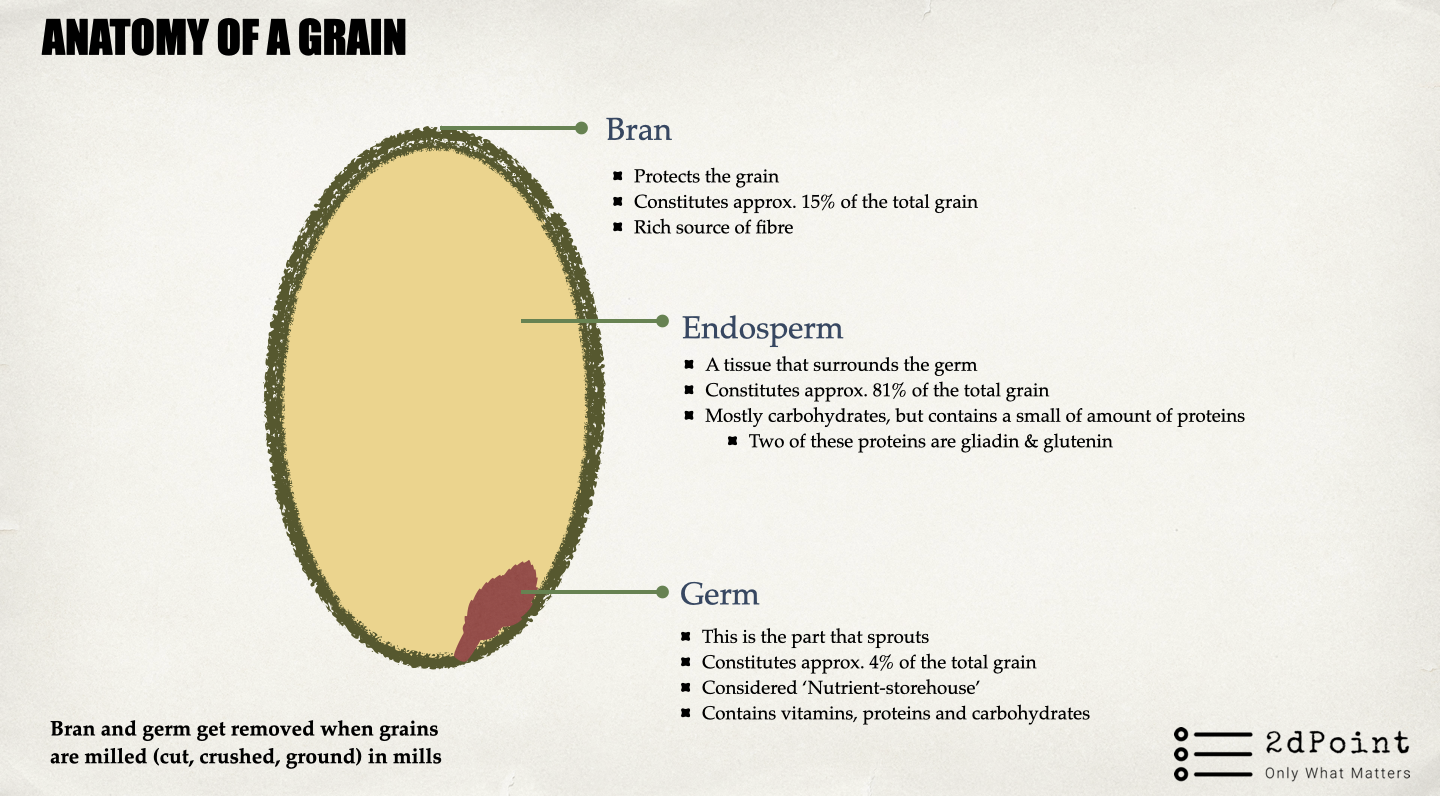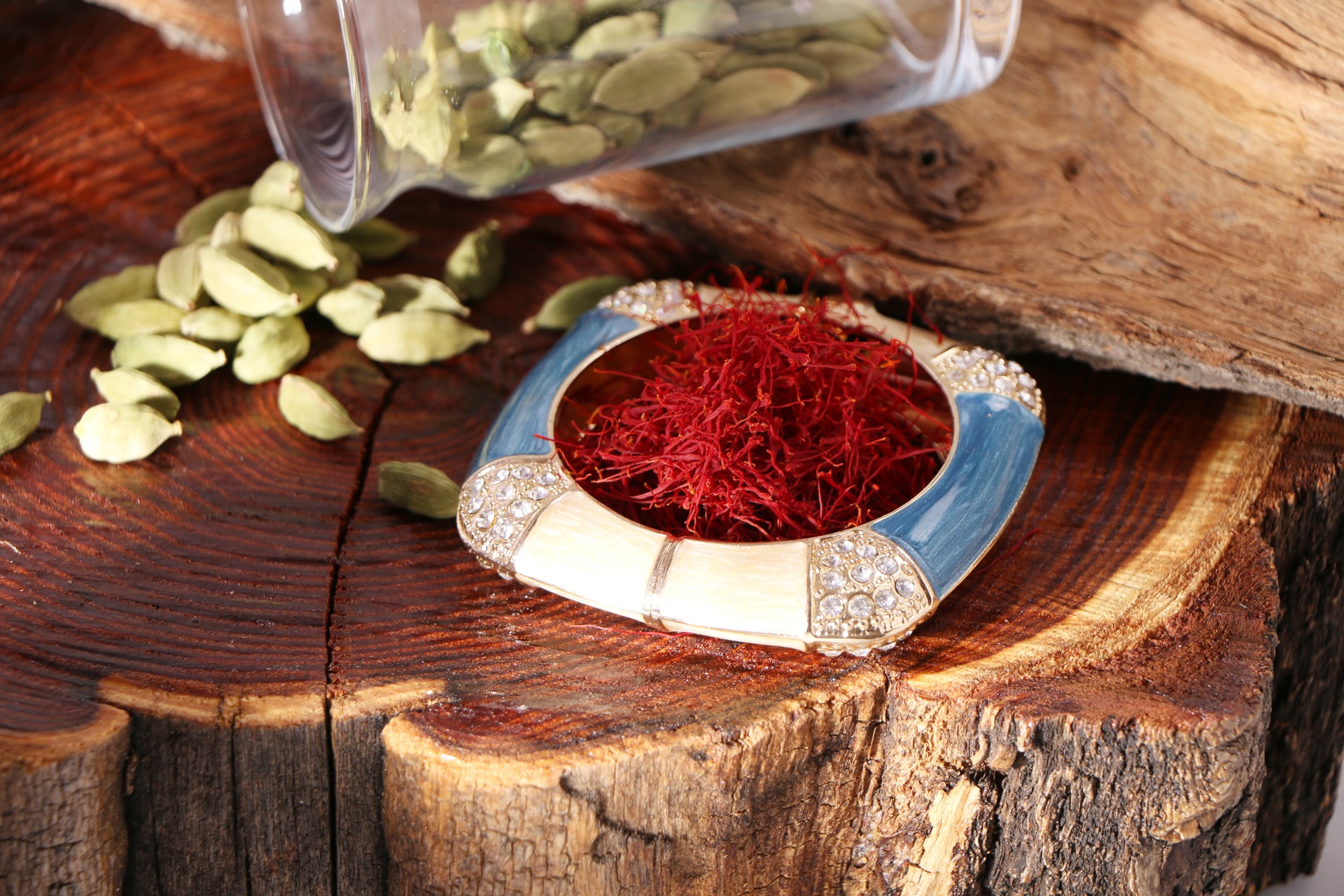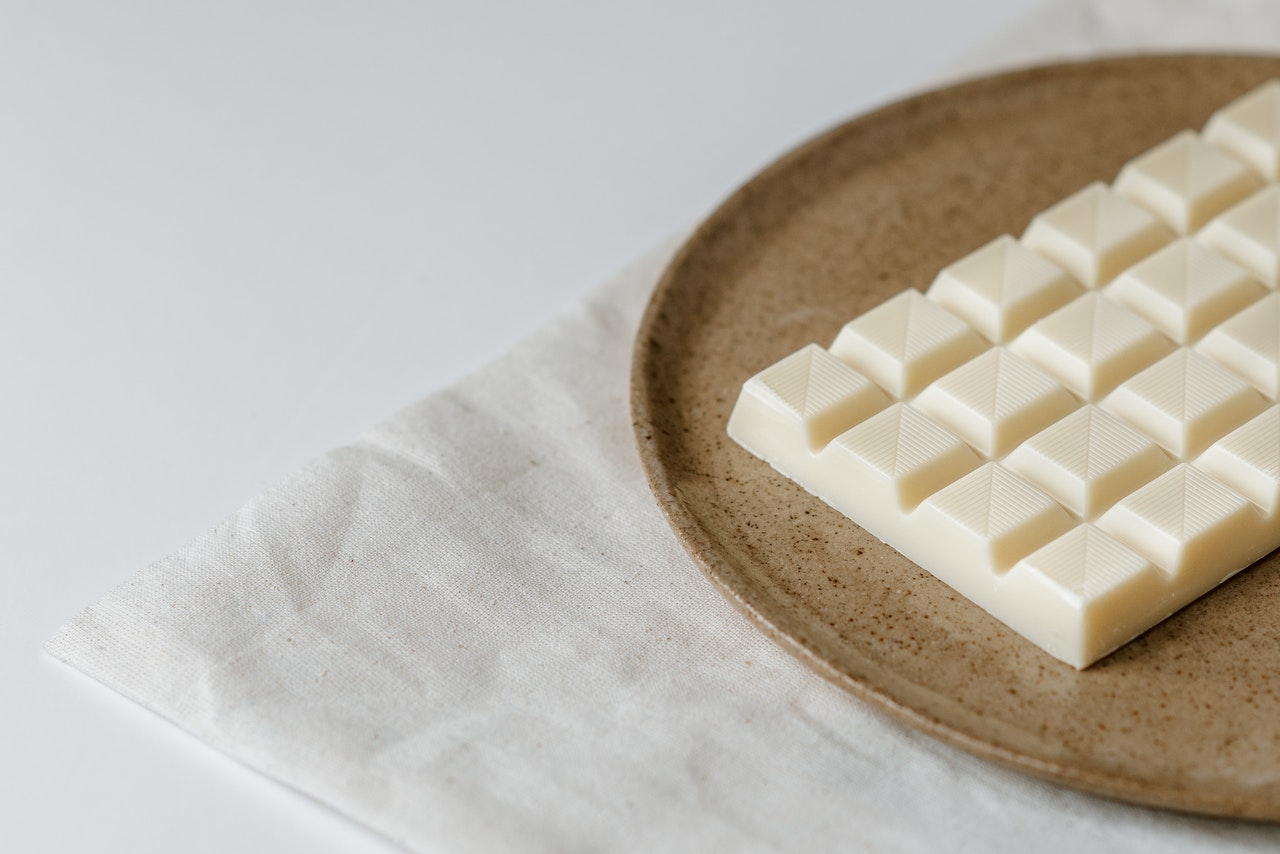Reading Time: < 1 minutes
- Gnocchi is a family of small dumplings in Italian cuisine and is made from potato, semolina, or flour, usually served with a sauce.
- The 29th of each month in Argentina is Dia de Ñoquis — the Day of Gnocchi, and it is a national holiday.
- Most families get together on this day and eat gnocchi, and restaurants run gnocchi specials.
- Traditionally, the diner puts money under the plate to attract prosperity.
- And this money is left for the host(ess) to pay for the gnocchi for the following month (or is given to the needy).
- There are several theories on how the tradition of Gnocchi day started.
- Theory 1: It was started as a tribute to an Italian Saint named Saint Pantaleon.
- Many believed that the Italian immigrants (whose descendants make up about 50 percent of Argentina’s population) might have brought this tradition with them.
- In the 8th century, Pantaleon—a young doctor—went on a pilgrimage and performed miraculous healings on people for which he was {tooltip}canonised{end-text}Officially declared a saint on the 29th of a month.
- Theory 2: Fewer resources towards the end of the month led people to choose cheap ingredients required for gnocchi.
- Some people credit the housewives in the 1970s for this tradition.
- The Italian migrants were on a meagre salary and were paid on the first of every month.
- By the end of the month, there wasn’t much money left, and they could only afford inexpensive food.
- Potatoes and wheat, the key ingredients in gnocchi, were inexpensive, and housewives in the 1970s thought it was best to make it a ritual to eat these dumplings towards the end of each month.
Also Read:
Why do we eat popcorn at the movies?
What is the difference between herbs and spices?
Image courtesy of Karolina Grabowska through Pexels
Reference shelf :

